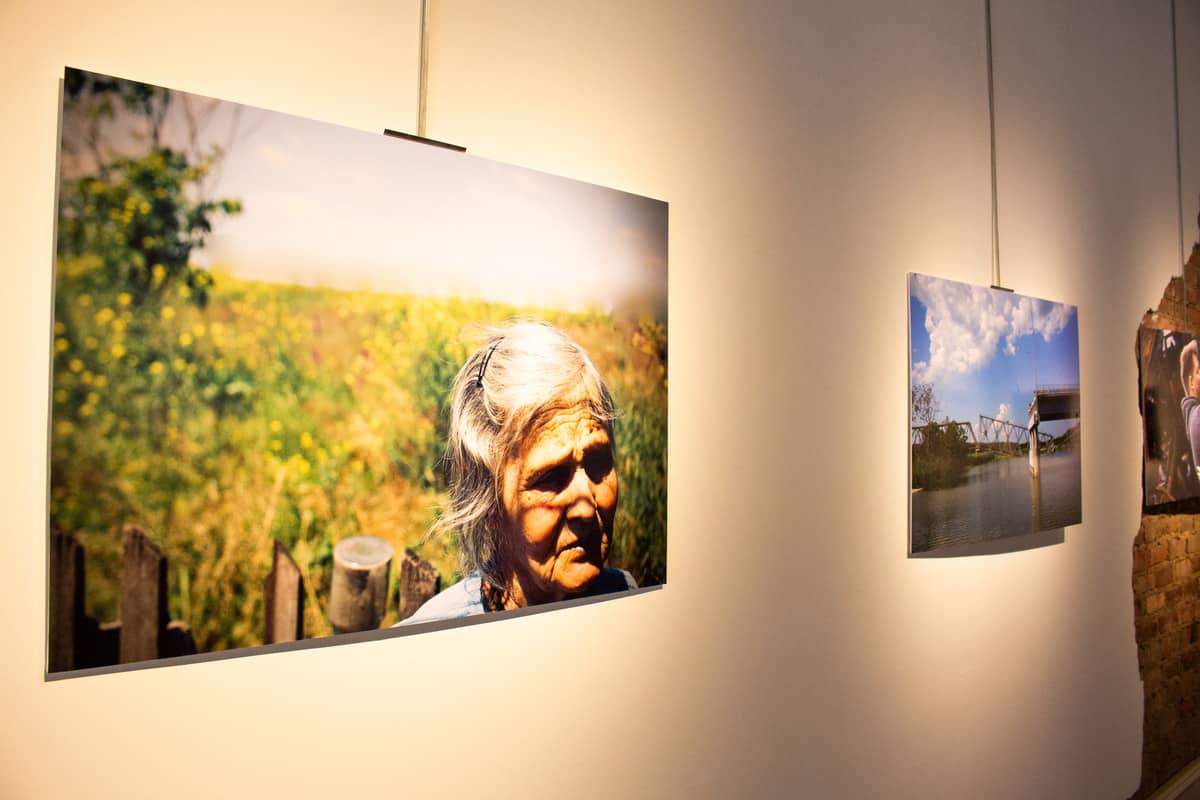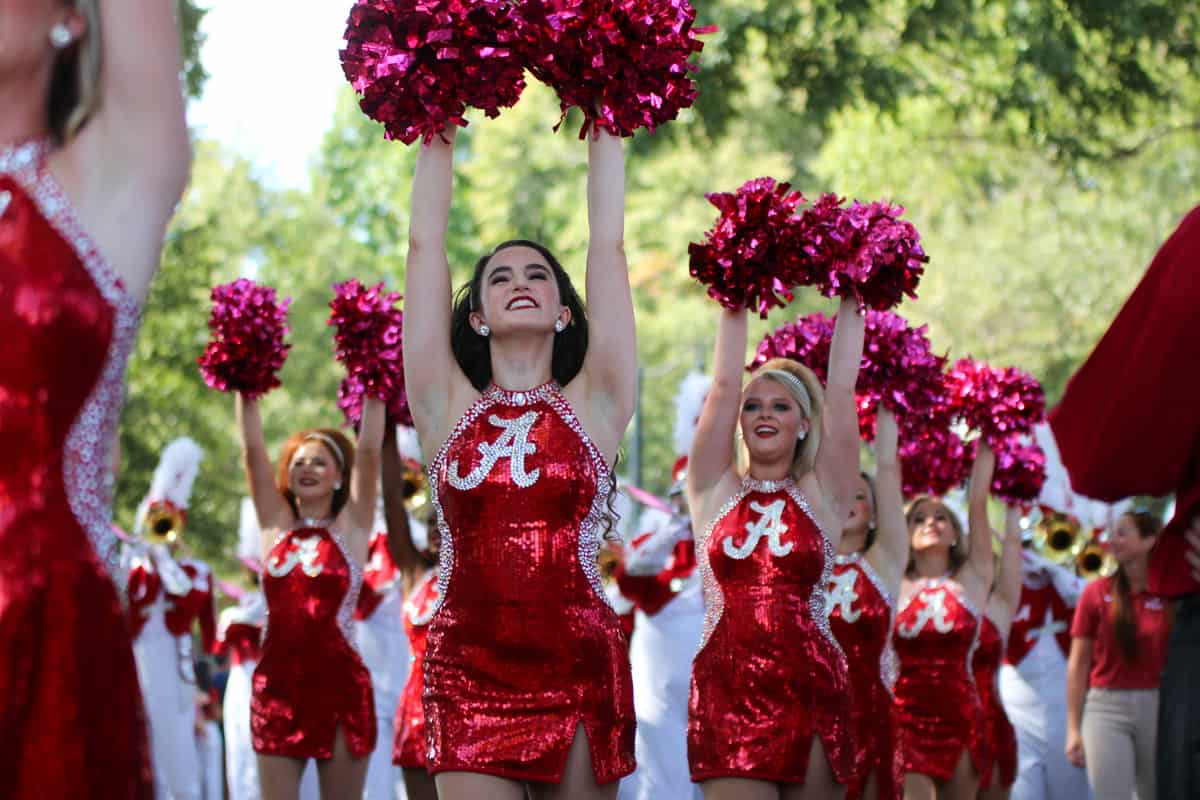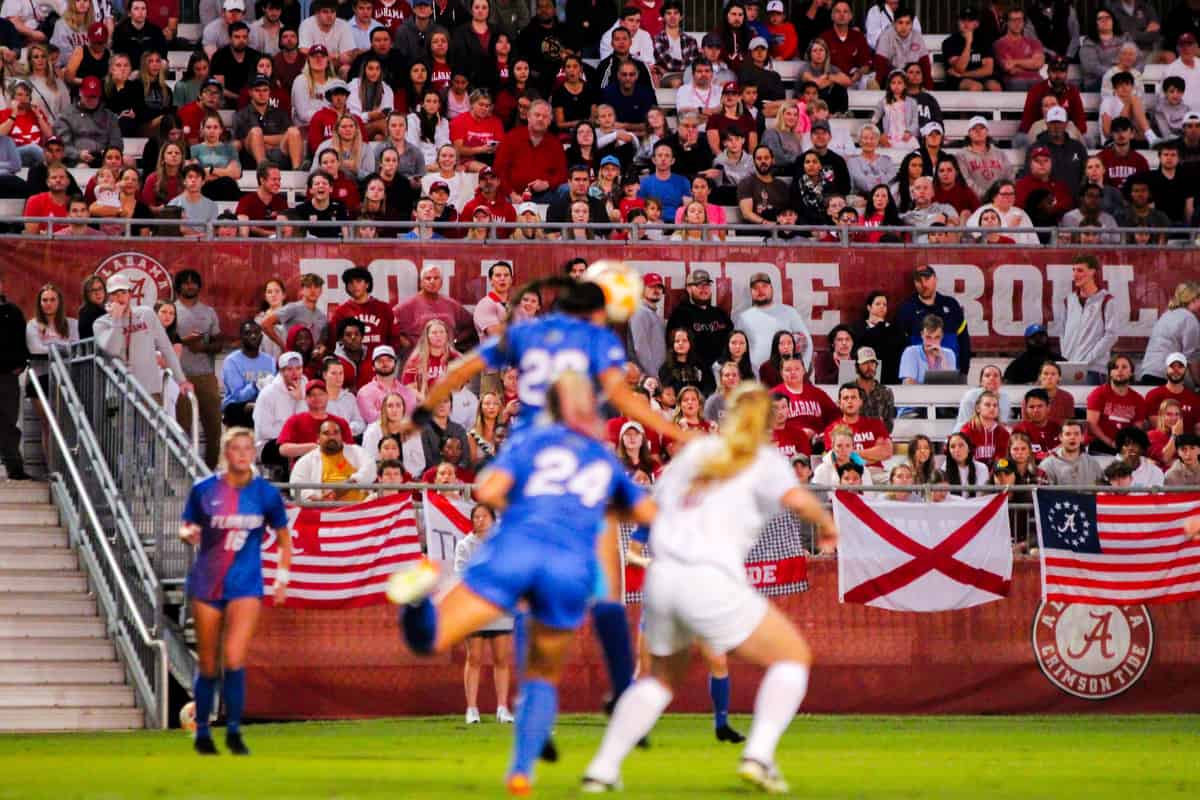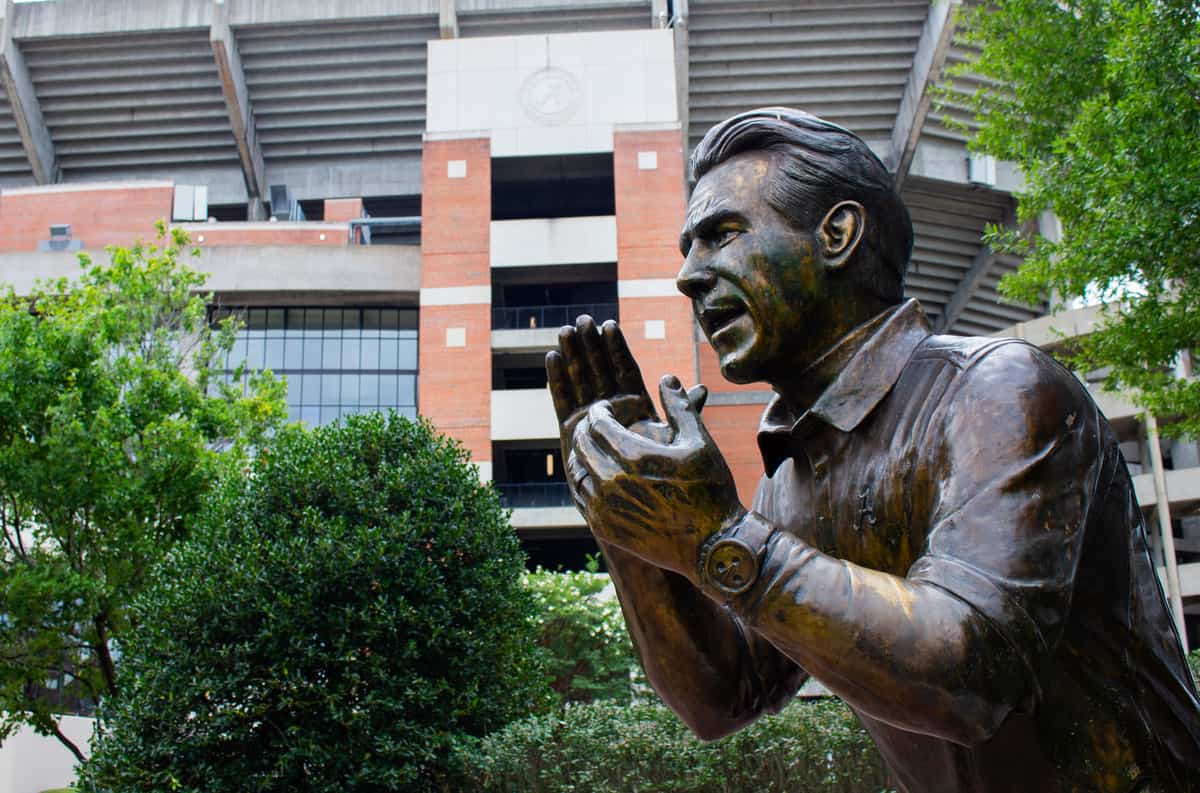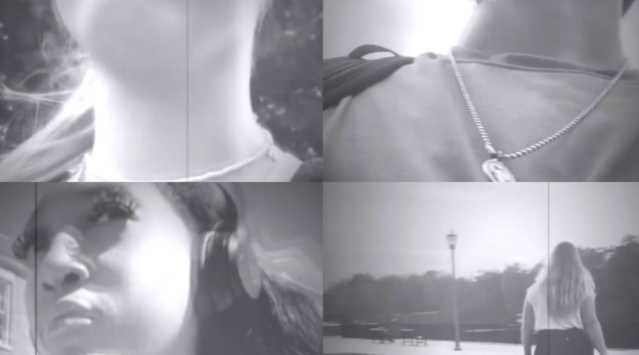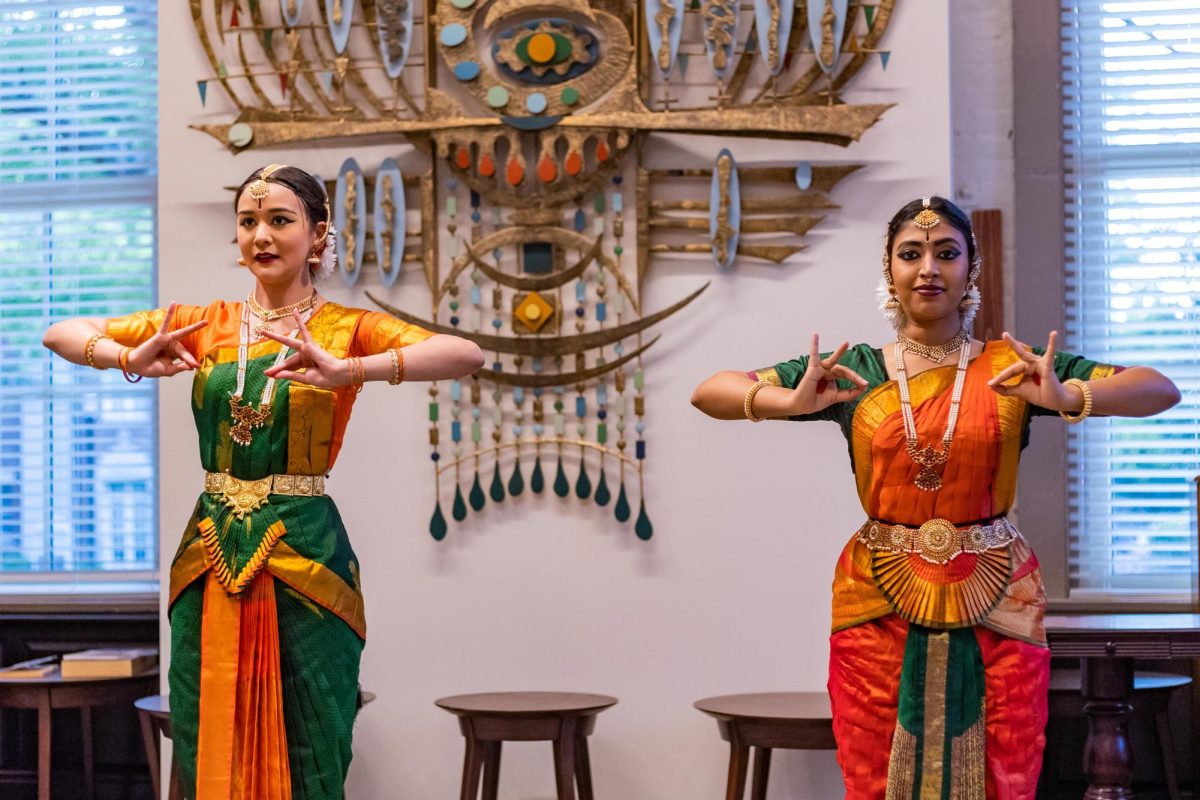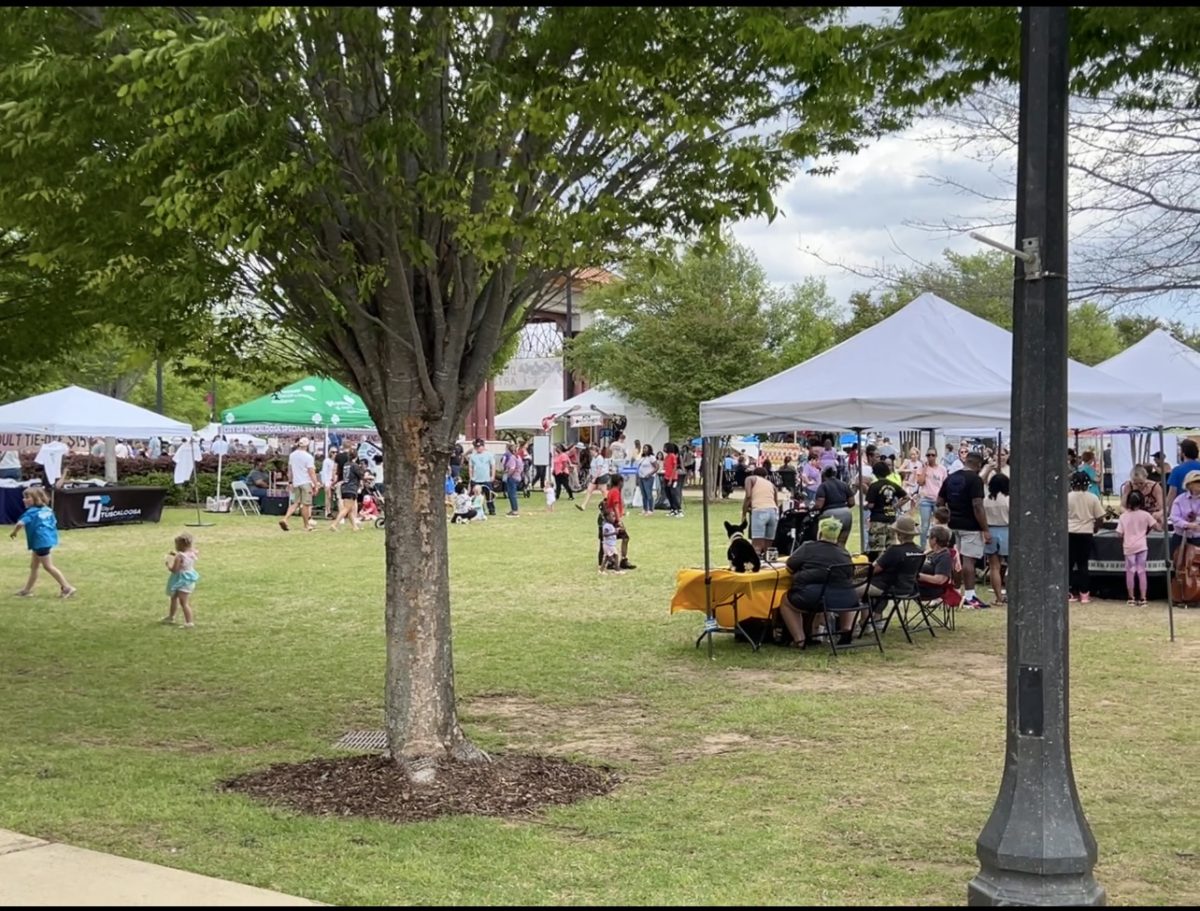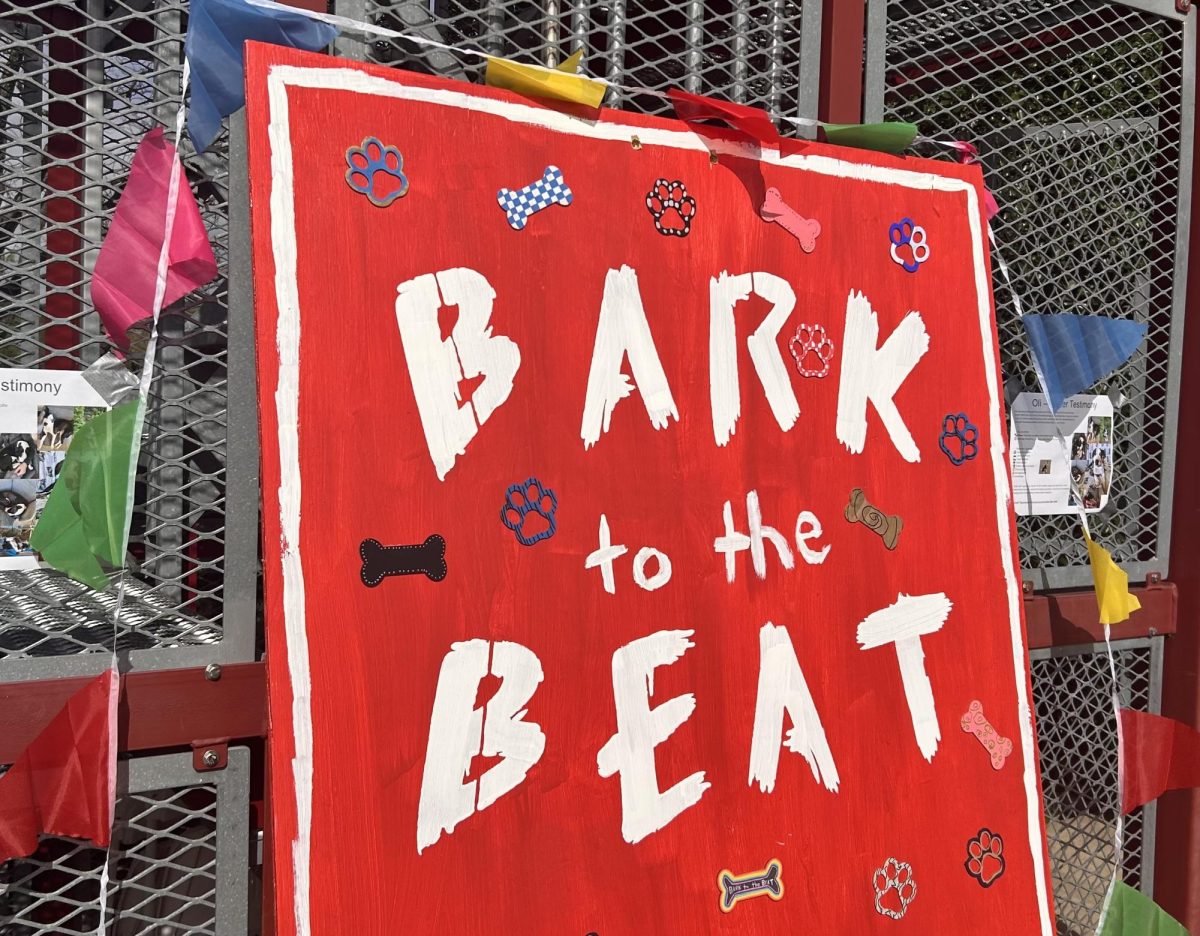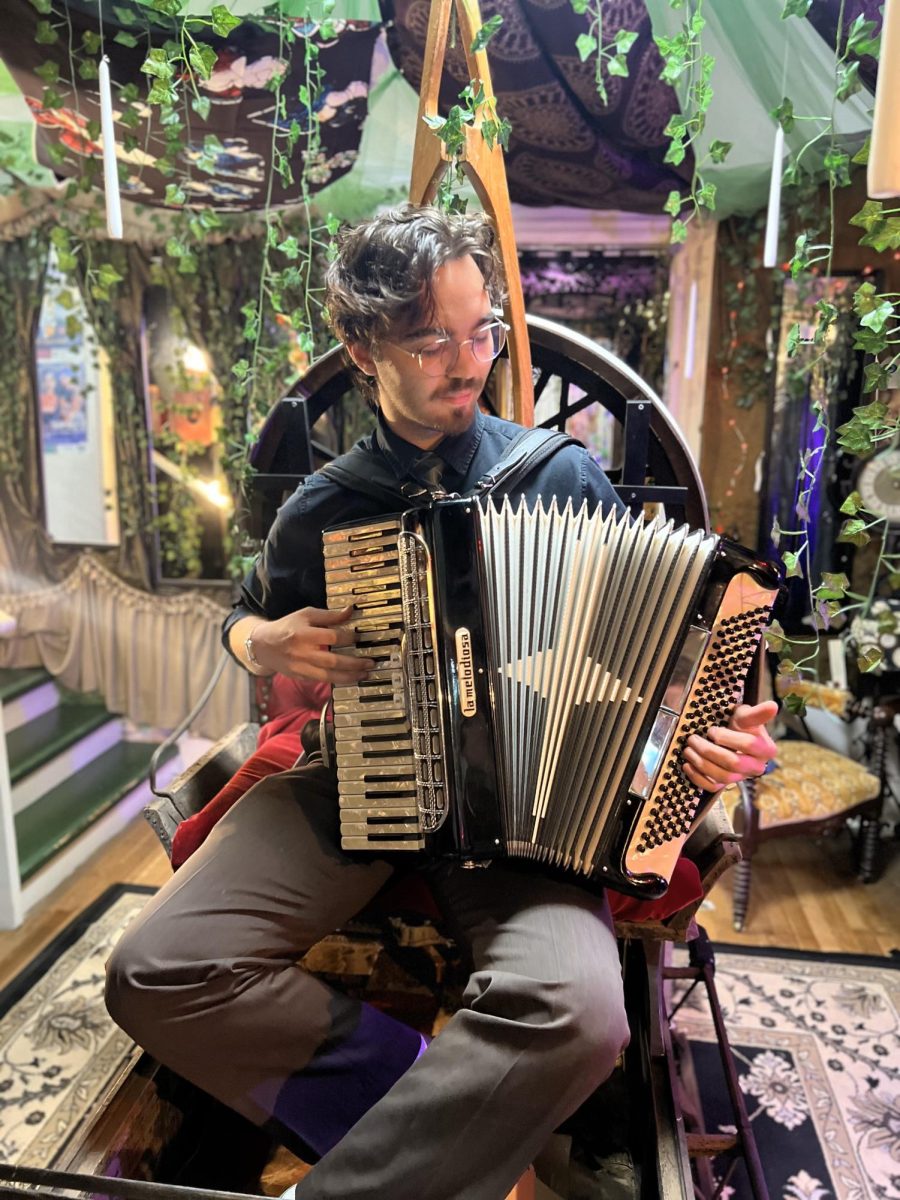For experienced and new gallerygoers, the Tuscaloosa art galleries have an exciting lineup of exhibitions for everyone to enjoy this semester.
On campus, art enthusiasts can check out the Sella-Granata Art Gallery and Sarah Moody Gallery of Art to see an assortment of exhibitions from students, faculty, local and international artists, and The University of Alabama’s permanent collection.
Starting Thursday, Aug. 31, until Oct. 3, SMGA presents “Tom Stanley: Painting and Drawing and Discovering a Practice,” an exhibition that chronicles 38 years of Stanley’s studio practices while examining the evolution and constants in his use of color, shapes, imagery, materials and technique.
“I think it’s going to be provocative for people because to see a period of an artist’s work and how it changes, but how it remains the same is quite interesting,” said Vicki Rial, SMGA’s exhibition coordinator.
This exhibition is one of three SMGA will display this semester. Rial said the exhibition following Stanley’s, titled “Women of Mokuhanga,” is still in development but will be a group showcase of Japanese woodblock prints from women around the country — contrasting with the art form’s male-dominated past — and will even feature some pieces from the University’s permanent collection.
The gallery will close the semester with the 2023 Biennial Faculty Exhibition of the Department of Art and Art History, which will be displayed from Dec. 1 until Jan. 26.
Along with on-campus attractions, gallerygoers also have numerous opportunities to engage with art off campus, whether at the Kentuck Art Center and Festival’s Art Nights or in Tuscaloosa’s arts and entertainment district downtown.
Next Friday, Sept. 2, patrons can participate in the first art walk of the semester.
First Friday, which began in 2013 as a collaborative promotional effort of the visual art spaces downtown, is a monthly art walk that spans the local galleries — the UA Gallery at the Dinah Washington Cultural Arts Center, Paul R. Jones Collection of American Art and Museum, Harrison Galleries, Lorrie Lane Studio and a few seasonal spaces — giving people a chance to explore downtown while enjoying the new exhibits.
Kevin Ledgewood, the Arts Council of Tuscaloosa’s publicity director, said he’s seen a lot of community engagement with First Friday, which is great because First Friday is for everyone.
“You shouldn’t think about First Friday as being just for artists or people who are educated in art or have careers in some type of fine art; it’s for everybody,” Ledgewood said. “We want the community to feel like everyone can come out and enjoy the arts on a First Friday.”
Daniel White, the director of the Dinah Washington Cultural Arts Center and the Paul R. Jones Museum, said his favorite part of First Fridays is presenting something impactful to the community and seeing their responses to it.
“To me, it’s like art museums aren’t just places to see art, but to also have conversations and talk about things and see things and spark dialogue and thought,” White said.
During this upcoming First Friday at 5 p.m., Paul R. Jones Museum and the Dinah Washington Cultural Arts Center will continue to spark dialogue and thought with two receptions for exhibitions that opened earlier in August.
Paul R. Jones will host the reception for “May 1970: The Gibbs-Green Tragedy at Jackson State College,” a documentary exhibition of photos taken by the late activist and academic Doris Derby following the death of Phillip Gibbs and James Earl Green by police on Jackson State campus on May 14, 1970, that highlights the aftermath and effects of the event.
Emily Bibb, the gallery’s curator and collection manager, had previously met Derby during another exhibition in 2015. She said the gallery had one photo of Derby’s in its collection when White suggested they should host the exhibition, which is organized and sponsored by the Margaret Walker Center at Jackson State University.
When White told her about it, she thought it would fit the museum’s goal of encouraging “the research and study of African American art within the broader American art tradition” as well.
White said he’s excited for this show because it’s a lesser-known part of history people need to see.
“If you ask someone about civil rights, they may know about Selma, they may know about Birmingham, ‘I Have a Dream’ speech, but these lesser, but just as significant, events need to be — these stories need to be told as well,” he said.
Robert Luckett, the Margaret Walker Center’s director, said he’s excited that the exhibition will have an audience in Tuscaloosa, and he hopes that viewers can learn about what happened and recognize that the power of history is understanding how the past repeats itself and continues to impact the present.
Across the street, at the Dinah Washington Cultural Arts Center, patrons can catch the reception for “Broken Bridges — Stephen Humphreys in Ukraine,” a collection of colored digital photographs capturing Humphreys’ several months while living in Ukraine after the battle of Irpin in 2022.
“It’s a wonderful exhibition that shows both the physical and emotional toll that this has taken,” White said. “And what’s crazy is he has thousands of photographs, but it was hard to cull it down into just a succinct show like we have. This shows both the physical and emotional weight that this is having, but it also shows human resilience.”
Humphreys, a Birmingham native and attorney, said selecting the images for the show evoked a lot of emotion.
“I remember one night I was going through photographs of Ukrainians who had been killed in the conflict, and all the emotion that I kind of ignored while I was doing the work came over me, and I just, I had to shut down my computer and stop, it was so, you know, just felt like weeping over all the lost souls,” he said.
He said he hopes the show brings people back to the concrete reality of what’s happening in Ukraine.
No matter which museum people go to, Rial said art galleries offer a chance to reflect and learn about society, aesthetics, subjects you might not learn in classes and different perspectives and how to translate them.
Whitley Dasinger, a Dinah Washington gallery worker and a senior majoring in marketing and international studies, said working at the gallery has been very educational.
“I’ve learned a lot about art,” Dasinger said. “Even just like with the Ukraine photographs, it’s very eye-opening, and it really just surrounds you. There’s more than just Alabama.”
She said she’d also found “May 1970” in Paul R. Jones informative because she hadn’t known about the incident.
“I just found that very educational, and I think that’s so important for so many people to know,” she said.
For more information about on- and off-campus galleries, patrons can check out the monthly art roundup on the Department of Art and Art History’s website and the First Friday website.



